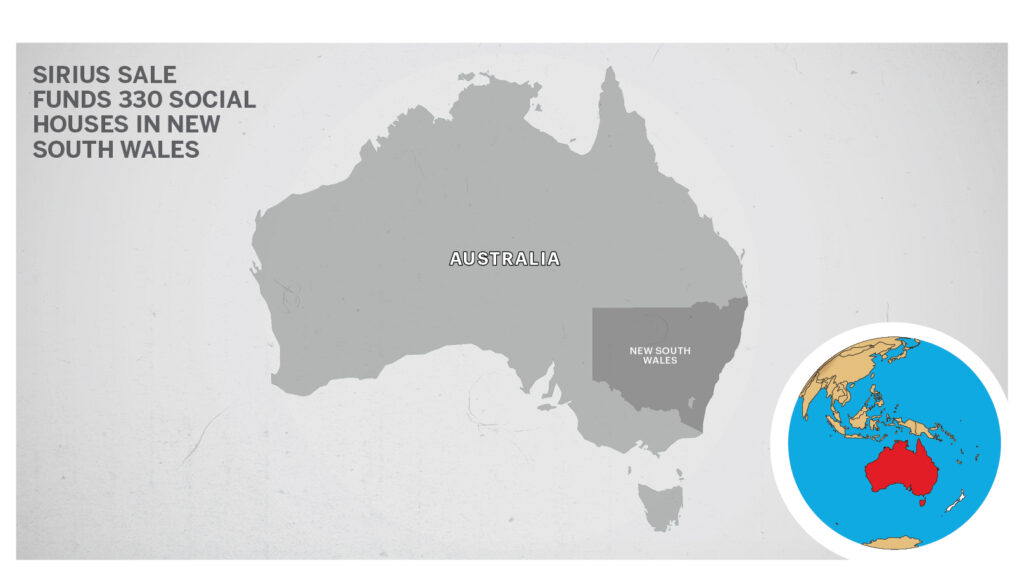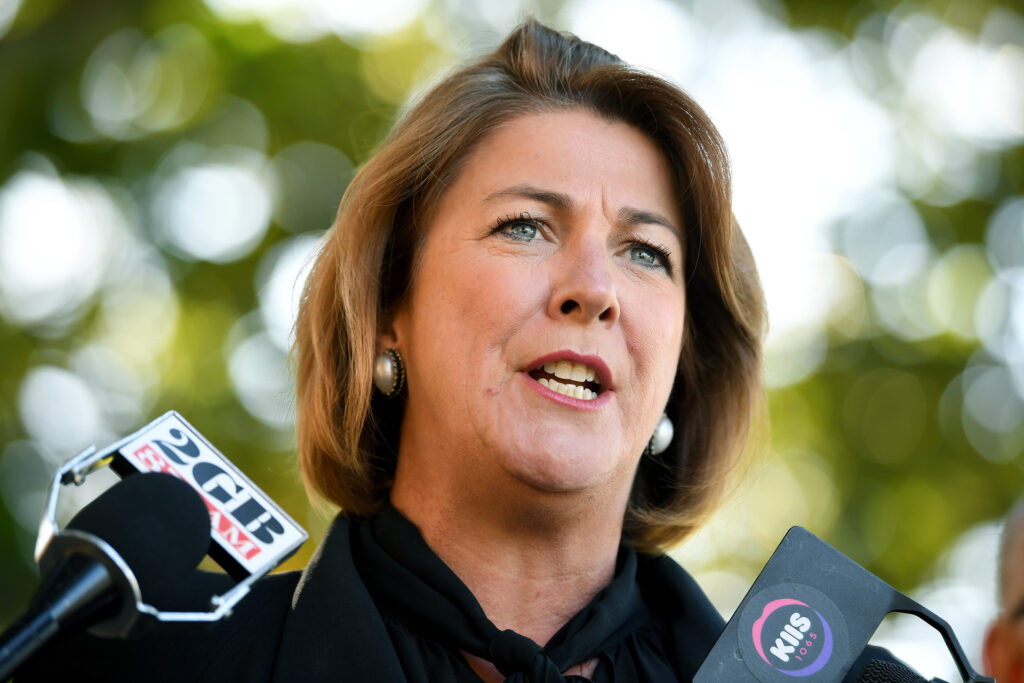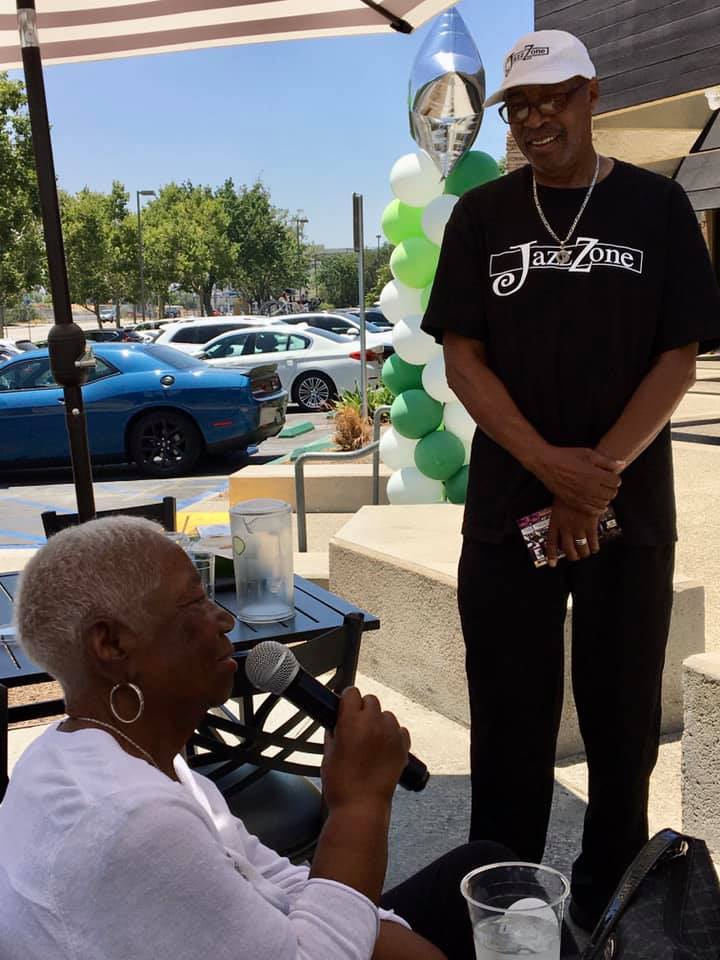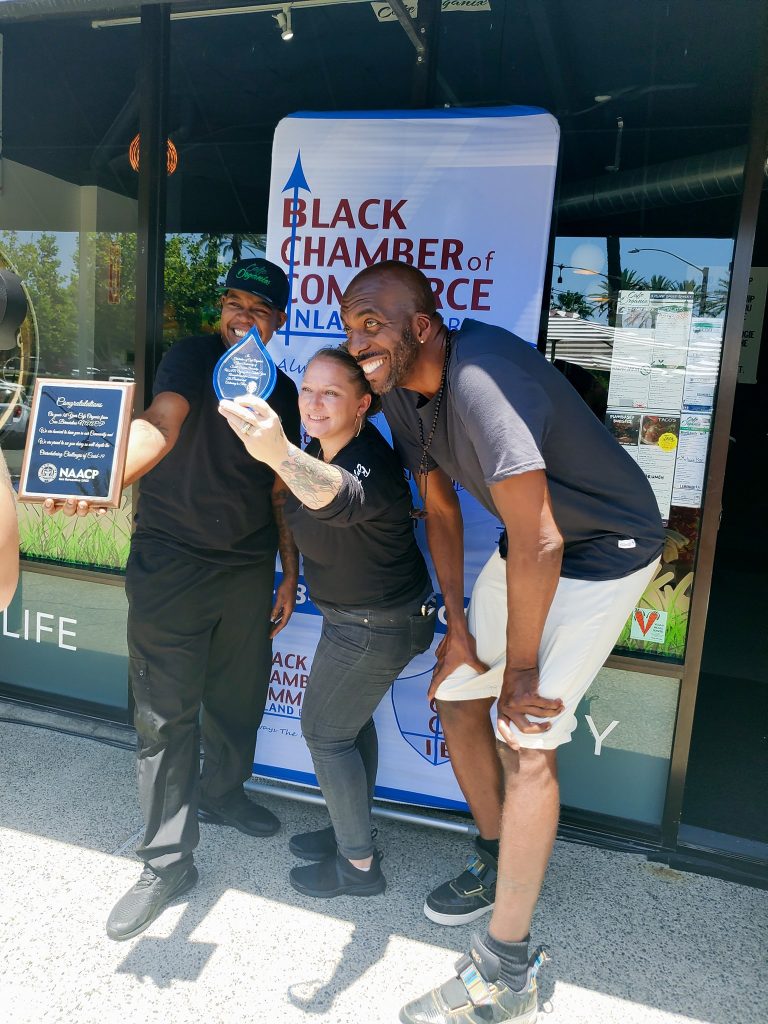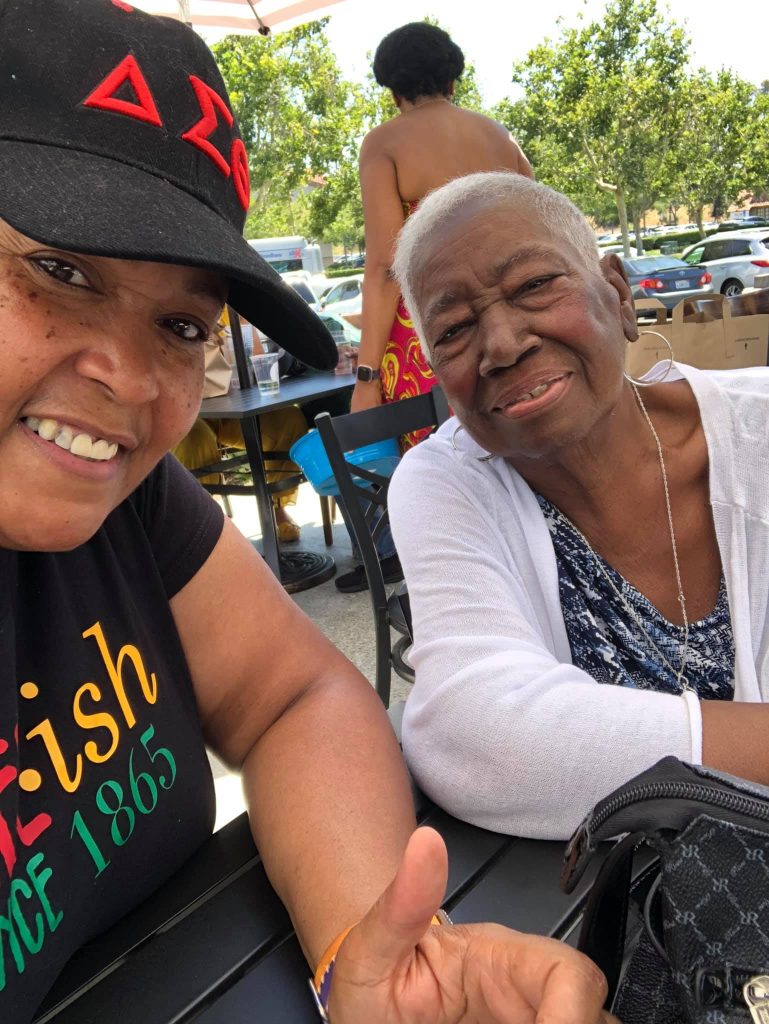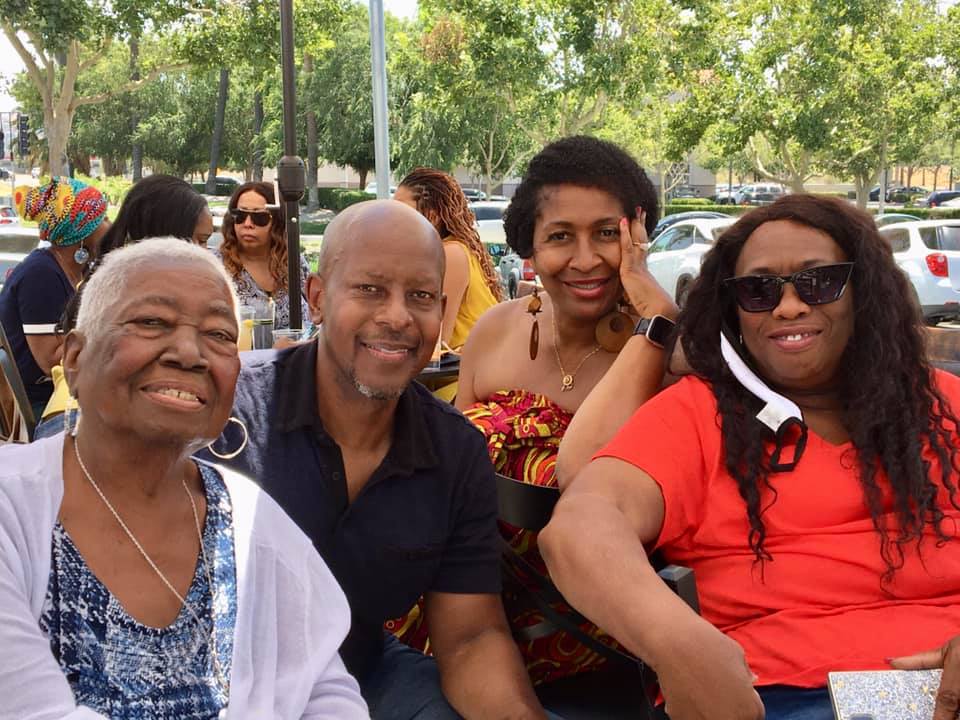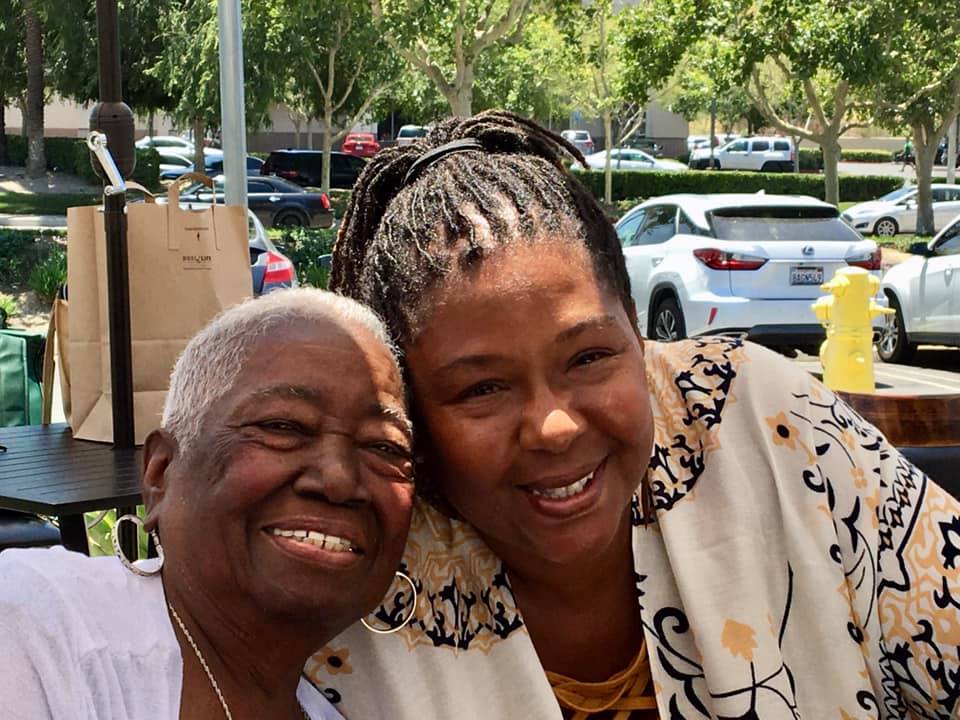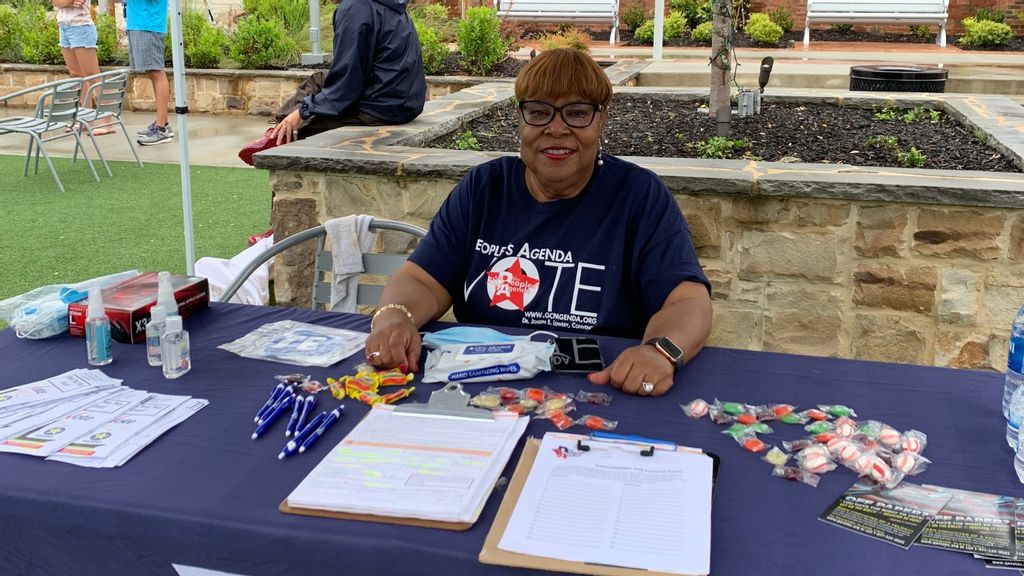Headed to a Runoff: Mia Bonta Could Be First Member of Black Caucus From Bay Area in Almost a Decade
Antonio Ray Harvey | California Black Media
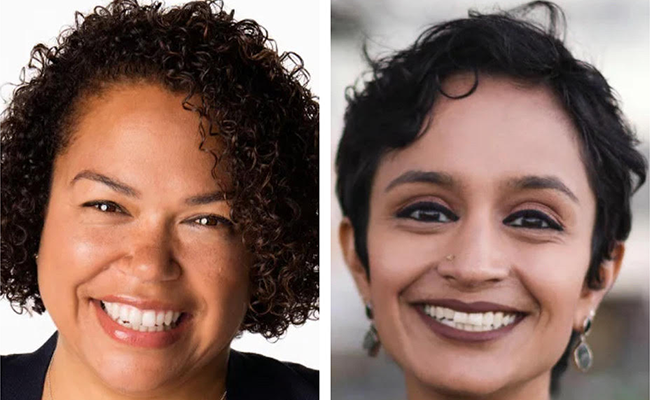
From a pool of nine candidates, Mia Bonta, and Janani Ramachandran emerged as the two frontrunners in a special election held June 29 for the seat representing California’s 18th Assembly District.
A run-off election has been set for Aug. 31.
Bonta, an Alameda Unified School District School Board member, and social justice attorney Ramachandran will vie against each other to fill the seat Bonta’s husband Rob Bonta vacated when Gov. Gavin Newsom appointed him the state’s 34th Attorney General in March.
In last week’s poll, neither candidate reached the 50%-plus majority threshold to stave-off a runoff. As of July 31, Bonta had 22,551 votes (38.2%) while Ramachandran, in a distant second-place position had 14, 030 votes (23.7%).
“I’m honored and humbled by the outpouring of support from the diverse coalition we built over the course of this primary campaign,” Bonta said after preliminary results showed that she was leading Ramachandran by 40%.
“While we did not reach the 50% threshold tonight, momentum is on our side and I know we are ready to continue reaching out to earn every single vote to win in August,” she added.
Ramachandran expressed her gratitude to supporters.
“Thank you for believing that our grassroots movement for justice is winnable, because fearless progressive change is what our District wants and deserves,” said Ramachandran. “You helped us stun the political
experts who didn’t see our grassroots surge coming. Naysayers who didn’t believe in the strength of people-powered movements.”
California Secretary of State Dr. Shirley Weber’s office will certify special election results for Assembly District 18 on July 8.
Malia Vella is currently in third place with 10,049 votes (17.0%), the last candidate in the double-digit range.
AD 18 includes most of Oakland, San Leandro and Alameda. About 65% of voters there are Democrat, according to the Public Policy Institute of California. It is one of the largest bases of liberal voters in the state. Bonta and Ramachandran are both Democrats.
Depending on the results Aug. 31, Bonta, who is Afro-Latina, could join the California Legislative Black Caucus (CLBC) as the group’s 11th member.
Bonta would also be the CLBC’s first member from the Bay Area since Sandré Swanson served in the Assembly. Swanson, who represented the 16th Assembly District from 2006 to 2012, was also former Deputy Mayor of Oakland and served as chief of staff to U.S. Congresswoman Barbara Lee (D-CA-13).
The 16th Assembly District cuts across parts of Alameda and Contra Costa counties and covers Orinda and parts of Walnut Creek and the Tri-Valley.
Bonta was elected to the Alameda Unified School District School Board in 2018 and currently serves as board president. She has been endorsed by Lee; California’s junior U.S. Sen. Alex Padilla; California Treasurer Fiona Ma; Secretary of State Shirley Weber; the California Teachers Association; Service Employees International Union (SEIU) California; and Equality California.
Bonta her campaign’s message rests on three key pillars: housing, education, and addressing homelessness.
Between 2015 and 2019, the number of homeless people living in Oakland increased by 86%, according to According to U.S. Department of Housing and Urban Development (HUD)’s Point-in-Time (PIT) count of sheltered and unsheltered homeless persons. That report also reveals that 70% of the East Bay city’s homeless population are African American although Blacks account for 24 % of the general population.
“I will work to secure funding for local homelessness programs in the East Bay and push for the wraparound services it takes to lift our unhoused neighbors out of poverty,” Bonta stated.
Ramachandran’s political platform includes providing affordable housing, addressing “extreme climate events,” and raising California’s wages to $22 per hour, she said.
According to Minimum-wage.org, a website that tracks minimum hourly rates around the country, California’s state minimum wage is $13.00 per hour, which is greater than the federal minimum Wage of $7.25.
The California minimum wage was last changed in 2008, when it was raised $5.00 from $8.00 to $13.00.
The current minimum per hour for employers in California with 26 or more employees, is wage $14.00, Minimum-wage.org reported.
“I will fight to raise the minimum wage in California to $22 per hour by 2022 – with a dedicated plan to support small businesses. Living wages will lift millions of California families out of poverty while strengthening our economy,” Ramachandran stated.
 Westside Story Newspaper – Online The News of The Empire – Sharing the Quest for Excellence
Westside Story Newspaper – Online The News of The Empire – Sharing the Quest for Excellence







